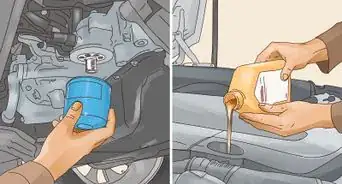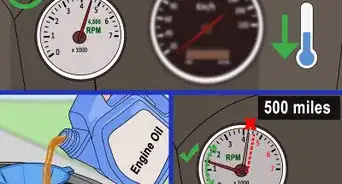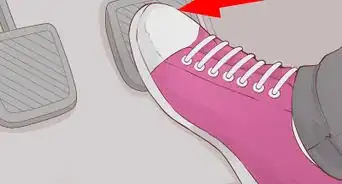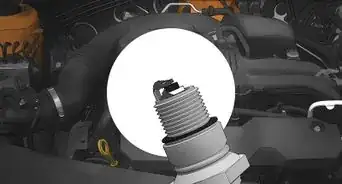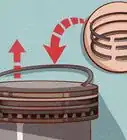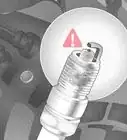This article was co-authored by wikiHow Staff. Our trained team of editors and researchers validate articles for accuracy and comprehensiveness. wikiHow's Content Management Team carefully monitors the work from our editorial staff to ensure that each article is backed by trusted research and meets our high quality standards.
There are 11 references cited in this article, which can be found at the bottom of the page.
This article has been viewed 10,734 times.
Learn more...
The loud sounds of your car’s engine can be super distracting and annoying, especially if it’s competing with your favorite music. The best way to deal with engine noise is to install soundproofing material to the inside of your car. With the right tools and materials, you can install sound-deadening material yourself relatively easily in a few hours. You can also try a few other strategies to help deal with the noise as well.
Steps
Soundproofing the Door Panels
-
1Remove the panels from all of your car doors. Lift the door latch, remove the screw attaching it to the panel, and pull it off of the panel with a pair of pliers. Pry the control panel up with a screwdriver and disconnect the wiring to remove it. Remove all of the trim pieces and speakers with a screwdriver and any additional fastening screws from the panel. Then, grab the door panel and pull it straight off. Remove the remaining door panels on your car as well.[1]
- Removing your car door panels allows you to install sound-deadening mats inside of them to absorb and reduce the noise and vibration produced by your engine.
Tip: Keep all of the trim pieces and fasteners organized so you can replace them later.
-
2Wipe down the inside of the doors with rubbing alcohol to clean it. Take a clean cloth or rag and soak it with rubbing alcohol. Wipe down the entire interior of the doors to remove dust, dirt, and any residue from inside. Scrub any stubborn grime to remove it from the surface. Allow the doors to dry for about 5 minutes so the alcohol can evaporate.[2]
- It’s important that the interior of the doors is clean so the adhesive will stick to it effectively.
- Rubbing alcohol will cut through the grime without leaving behind any residue.
Advertisement -
3Mark and cut the sound-deadening material to fit your car doors. Sound-deadening material comes as a rolled-up mat with an adhesive side and is used to absorb sound waves and vibrations. Hold the sound dampening material against the inside of your car door and use a pencil or mark to trace where the material needs to be cut in order to fit. Use a utility knife to cut along the lines you marked. Repeat the process for the other car doors so the material fits neatly.[3]
- The fit doesn’t need to be absolutely perfect, but you do need to account for any obstacles or pieces so you can cut the material to fit around them.
- You can find rolls of sound-deadening material at auto supply stores or by ordering them online.
-
4Peel off the backing to expose the adhesive and stick the material to the door. The sound-deadening mats have a self-adhesive side that is covered by a paper backing. Find the edge of the backing and use your fingers to peel it all of the way off. Then, carefully line up the mat with the inside of a door and gently press the adhesive side to the surface of the door to install it. Install the material onto the other doors the same way.[4]
- Try your best not to have any bubbles or creases in the material.
- Use your hands to smooth the surface once you attach it.
-
5Flatten the material by rolling a sound-deadener roller over it. A sound-deadener roller is a specially designed rolling device that is used to smooth out the material and flatten it against the surface so there aren’t any folds, creases, bubbles, or pockets of air. Take your roller and run it all over the surface of the material to press it against the doors.[5]
- Pay extra attention to the edges of the material so they won’t peel back or curl up over time.
- You can find sound-deadener rollers at auto supply shops or by ordering them online.
-
6Replace the door panels. Line the panel up with the clips and press it against the door until it snaps into place. Replace any fasteners that you removed and reconnect the control panel and speakers. Reinstall the door latch and replace the screw holding it in place. Put back any trim pieces that you removed to finish installing the door panel.[6]
- Install the remaining door panels and you’re all set!
Adding Sound-Deadening Mats to Your Floor
-
1Remove the rubber footrest from the driver’s side floor. Locate the small rubber footrest on the top left section of the floor on the driver’s side of the car. Use your hands to lift up the bottom of it and pull it away from the floor to expose the bolts beneath it.[7]
- If you’re having trouble removing the footrest, wedge a screwdriver beneath it and pry it up to take it off.
- The rubber footrest conceals the bolts that attach your car’s carpet to the floor, so it needs to be removed to allow you to access them.
-
2Unscrew the bolts beneath the footrest with a socket wrench. Take a socket wrench that fits the bolts and turn them counterclockwise, or to the left, to unscrew them. Remove all of the bolts and place them nearby, but keep them together so you don’t lose them.[8]
- Most cars use bolts, so a socket wrench will work perfectly. But, if your car uses screws, use a screwdriver to remove them.
-
3Grab the corner of the carpet and pull it back to remove it. Find the edge of the carpet above the footrest and use your fingers to lift it up. Get a good grip on the carpet and pull it away from the floor. Work the carpet off of the sides and lift it all of the way back to expose the floor beneath it.[9]
Note: The carpet connected to the trim along the sides of the car may be attached by plastic clips. Pull the carpet straight out to separate them from the clips. But don’t jerk or yank it or you could damage the clips!
-
4Clean the floor beneath the carpet with rubbing alcohol. Take a clean cloth or rag and apply some rubbing alcohol to it. Wipe down the entire floor to remove dust, dirt, and any sticky residue from the surface so the mats will adhere to the floor properly. Once you’re finished, wait about 5 minutes to allow the alcohol to evaporate so the floor is completely dry.[10]
- Be sure to clean crevices and small gaps so you can apply your material everywhere.
- If there’s a lot of large dirt and debris, sweep the floor first to remove them.
-
5Mark and cut the sound-deadening mats to fit your car’s floor. Place the sound-deadening mats onto your floor and use a marker or pencil to mark where they need to be cut around any trim so they fit neatly. Repeat the process for the passenger side as well. Take a utility knife and cut out the mats along the lines that you marked.[11]
- Cut the mats so they cover all of your car’s floor on the driver and passenger sides.
-
6Remove the adhesive backing and stick the mats onto the floor. Use your fingers to peel back an edge of the backing and pull it all of the way off. Carefully position the mat over your car’s floor and gently press it into place. Use your hands to smooth out the material as best you can.[12]
- Make sure the mat doesn’t fold into itself or it may be difficult to unstick.
-
7Roll the mats flat with a sound-deadener roller. Take a specially designed sound-deadener roller and run it over the mats to flatten them and push out any bubbles, folds, or creases. Roll over the entire surface of all of the mats that you installed so they’re flush against the surface of your car’s floor.[13]
- The mats need to be completely flat against the floor to better absorb noise and especially vibration caused by the engine.
-
8Spray foam sound-deadener over any gaps or hard-to-reach areas. Foam sound-deadener comes in an aerosol spray can and is used to fill any gaps that your mats couldn’t reach. Hold the can about 12 inches (30 cm) away from the surface of your floor and apply it so it fills any corners, gaps, or crevices on your floor that your mats aren’t able to cover.[14]
- Spray foam sound-deadener generally dries within a minute or so, but check the packaging for specific drying times.
- Look for spray foam sound-deadener at auto supply stores or online.
- Filling the gaps with the foam sound-deadener will help to create a uniform seal, which will greatly reduce the engine noise in your car.
-
9Reinstall the carpet and replace the rubber footrest. Place your carpet back over the mats and slide the edges beneath the trim you removed it from. If you disconnected it from clips along the side trim, push them together until you hear a clicking sound so you know they’re connected. Reinstall the bolts in the footrest and replace the plastic footrest cover.[15]
- Smooth out the carpet so there aren’t any folds or creases.
Using Other Strategies
-
1Spray rubberized undercoating on the underside of your car. Rubberized undercoating comes in a spray can and is used to seal the underside of a vehicle to protect it from dirt, debris, and moisture. Hold the can about 12 inches (30 cm) away from the surface and spray the underside of your car beneath the engine compartment to reduce the noise and vibration caused by the engine.[16]
- Be sure to choose a spray coating that is specifically designed for the underside of a car.
- Read the packaging for information about drying times and how many coats you can apply.
- Look for spray rubberized undercoating at auto supply shops or online.
-
2Check your tires for uneven wear and tear. Tires oftentimes don’t wear out evenly and as your engine turns them, uneven wearing will cause extra noise and vibration to enter into your car’s cabin. Take a look at all of your tires to see if they’re worn evenly. If they aren’t, then replacing them will reduce the noise inside of your car.[17]
Tip: If your tires aren’t aligned, it can also cause additional noise inside of your car. A good rule of thumb is to have your tires aligned every 6,000 miles (9,700 km).
-
3Play music with a lot of bass to cancel out engine noise. Increasing the sound inside of your car will help combat the noise produced by your engine, or at least make it less annoying or distracting. Music with lots of bass notes will cancel out the exterior noise coming from your engine, so crank up some tunes to drown it out.[18]
- Always pay attention to the road and be careful not to turn up the music so loud that you can’t hear the warning honks of other drivers.
- Turning the music up too loud could potentially damage your hearing, so adjust the volume just enough to reduce the engine noise that you hear.
-
4Take your car to a mechanic if your engine suddenly becomes noisy. Some engine noise is common, and some cars have louder engines than others, but if your car’s engine suddenly becomes really loud and noisy, it could be a sign of a deeper problem. Bring it to a licensed mechanic for an inspection to make sure there isn’t a more serious issue.
Things You’ll Need
Soundproofing the Door Panels
- Sound-deadening mats
- Screwdriver
- Rubbing alcohol
- Pencil or marker
- Utility knife
- Sound-deadener roller
Adding Sound-Deadening Mats to Your Floor
- Sound-deadening mats
- Socket wrench
- Rubbing alcohol
- Pencil or marker
- Utility knife
- Sound-deadener roller
- Spray foam sound-deadener
References
- ↑ https://www.2carpros.com/articles/door-panel-removal
- ↑ https://nickscarblog.com/diy/sound-dampening-deadening-dynamat
- ↑ https://speakerchampion.com/install-automotive-sound-deadening-material/
- ↑ https://youtu.be/8WLbCRXrpeo?t=105
- ↑ https://youtu.be/8WLbCRXrpeo?t=84
- ↑ https://speakerchampion.com/install-automotive-sound-deadening-material/
- ↑ https://youtu.be/SDTxMkhZdSg?t=5
- ↑ https://youtu.be/SDTxMkhZdSg?t=15
- ↑ https://youtu.be/SDTxMkhZdSg?t=66
- ↑ https://speakerchampion.com/install-automotive-sound-deadening-material/
- ↑ https://speakerchampion.com/install-automotive-sound-deadening-material/
- ↑ https://youtu.be/0rPErZS2yUc?t=83
- ↑ https://speakerchampion.com/install-automotive-sound-deadening-material/
- ↑ https://soundproofliving.com/car-soundproofing/
- ↑ https://speakerchampion.com/install-automotive-sound-deadening-material/
- ↑ https://soundproofliving.com/car-soundproofing/
- ↑ https://www.readersdigest.ca/cars/maintenance/strange-car-sounds/
- ↑ https://soundproofliving.com/car-soundproofing/
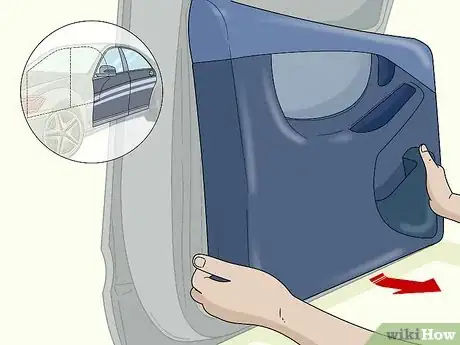
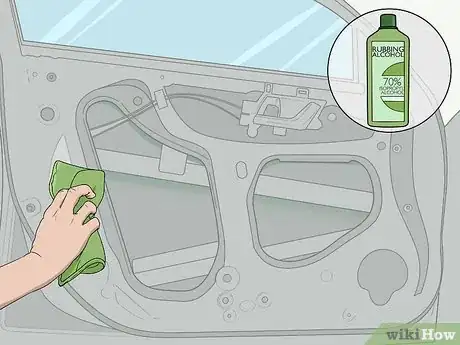

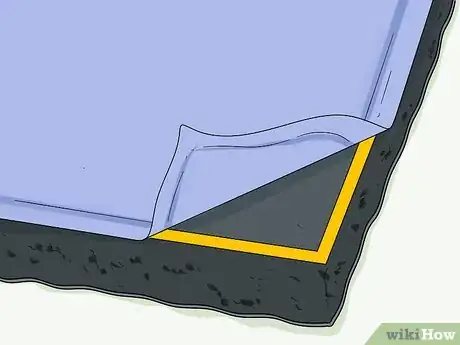
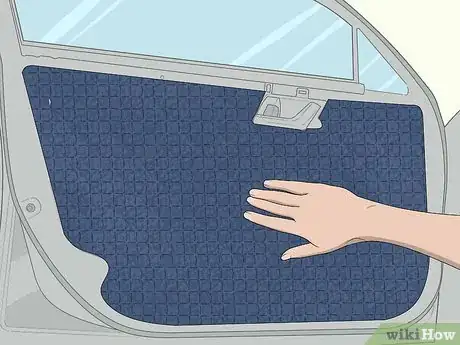
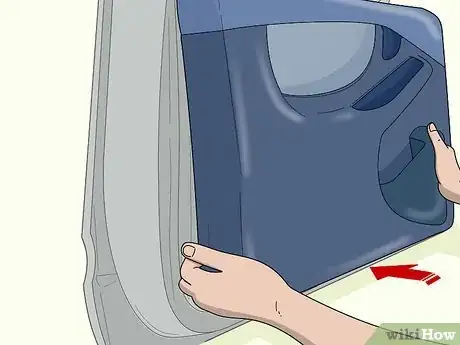
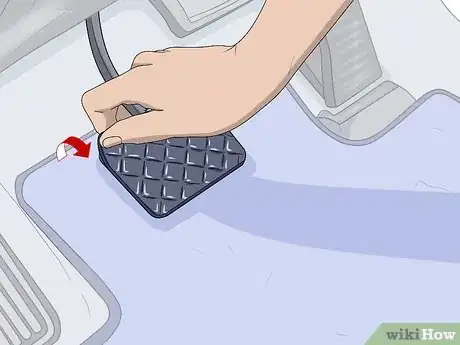

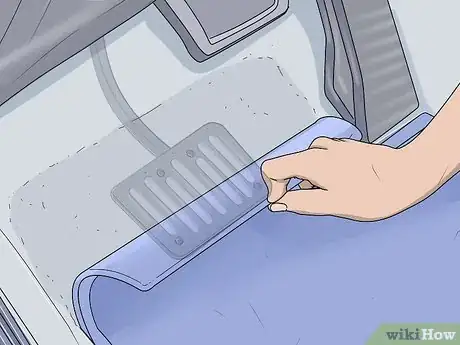
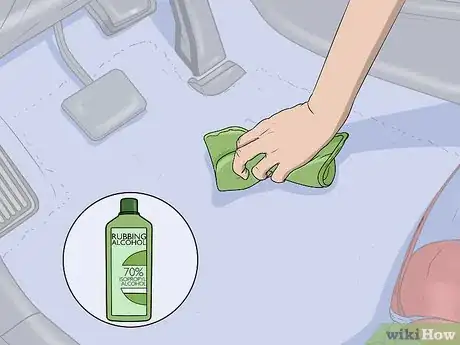

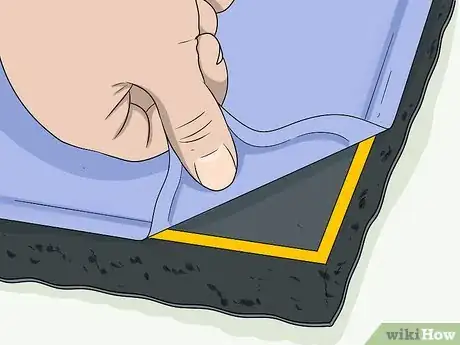
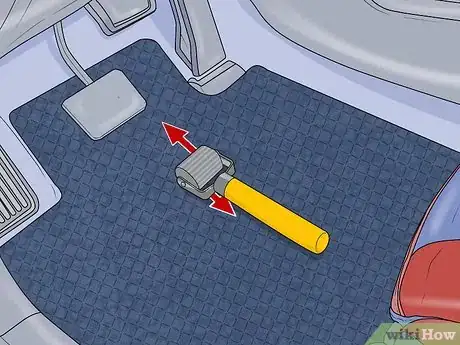
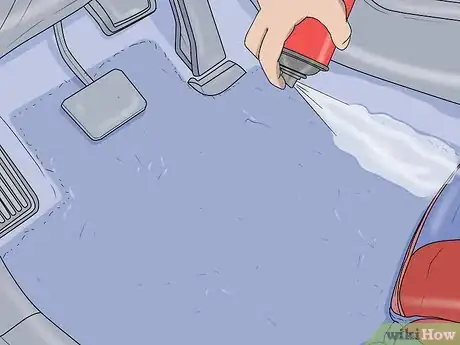
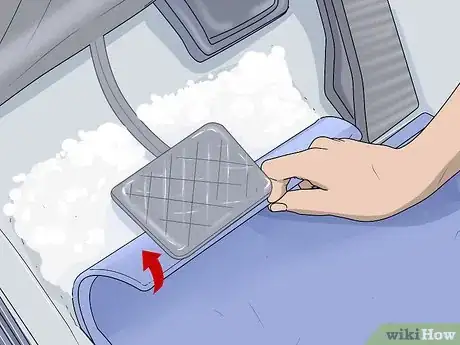
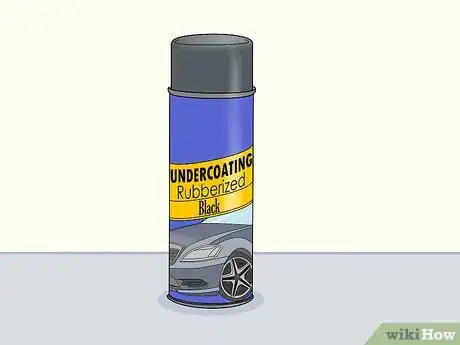
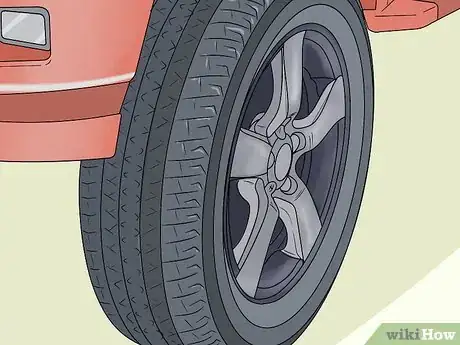



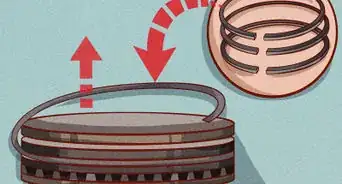

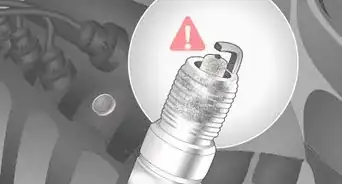
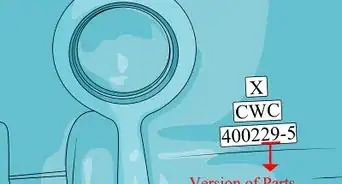
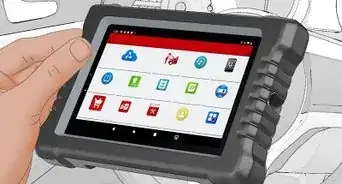
-Step-13.webp)
